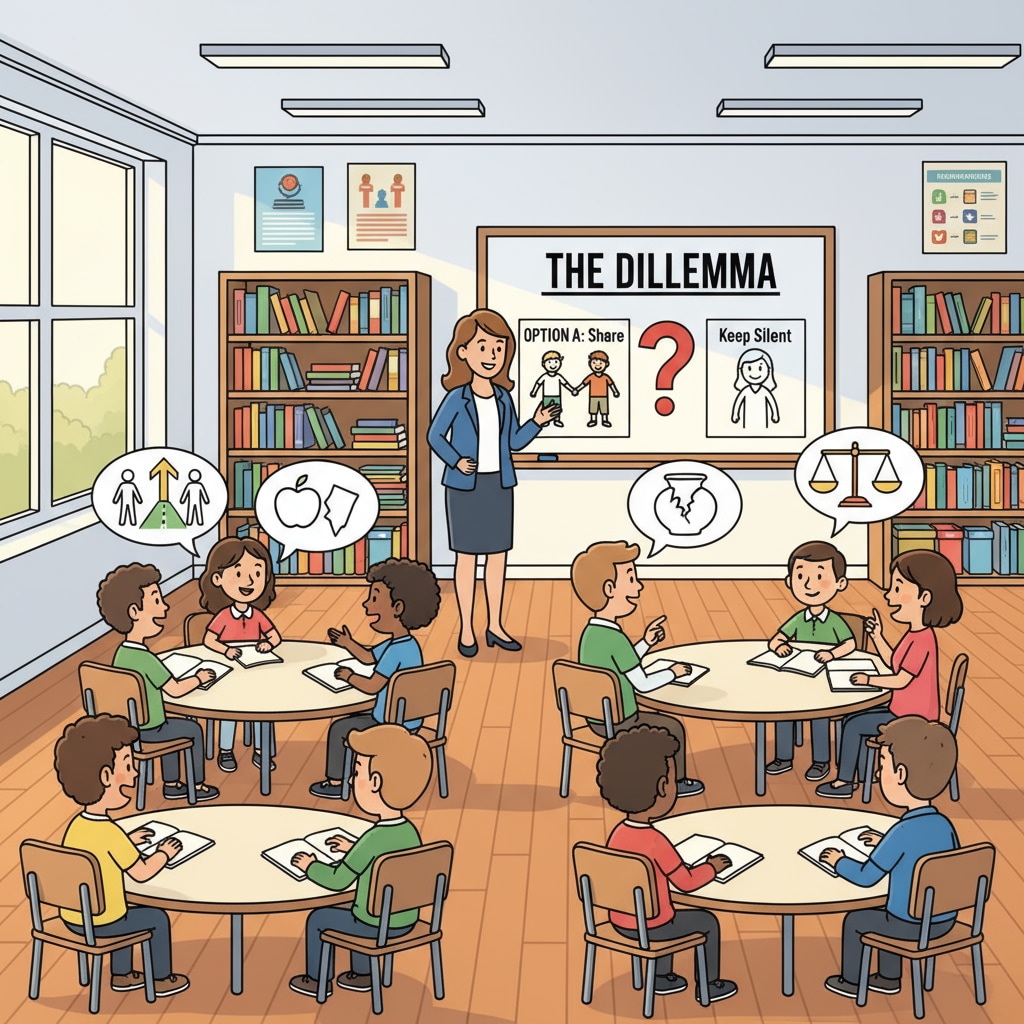Moral relativism, common values, and social division are significant issues in today’s society. The concept of moral relativism posits that moral principles are not absolute but vary across different cultures, individuals, and situations. This has led to a situation where the existence of shared moral standards is being questioned, causing social division. In the realm of K12 education, it has become crucial to address these concerns and find ways to cultivate students’ moral judgment and a sense of common values.

The Challenge of Moral Relativism in K12 Education
Moral relativism presents a major challenge to K12 education. With the increasing exposure to diverse cultures and ideas through the internet and globalization, students are often confronted with conflicting moral views. For example, what may be considered acceptable in one culture might be deemed immoral in another. This can leave students confused about what is right and wrong. According to Wikipedia’s entry on Moral Relativism, moral relativism has different forms, such as cultural relativism and individual relativism. In a K12 classroom, teachers need to help students understand these different forms and how they impact moral decision-making. However, this is no easy task as it requires a delicate balance between respecting different views and guiding students towards making sound moral judgments.

Fostering Common Values in a Divided Society
In a society marked by social division due to differences in moral views, fostering common values in K12 education is essential. Common values can act as a unifying force, bringing people together despite their differences. These values could include respect for others, honesty, and responsibility. Teachers can incorporate these values into the curriculum through various means. For instance, by using real-life examples and case studies, students can be encouraged to discuss and analyze moral issues. This way, they can develop a deeper understanding of these common values. As stated in Britannica’s article on Value Theory, values play a crucial role in shaping human behavior and society. In K12 education, instilling common values can help students become responsible citizens who contribute to a more harmonious society.
To conclude, K12 education stands at a crossroads in the face of moral relativism and social division. By addressing the challenges posed by moral relativism and actively fostering common values, schools can equip students with the moral tools they need to navigate a complex world. This is not only important for the individual growth of students but also for the well-being of society as a whole.
Readability guidance: Short paragraphs and lists are used to summarize key points. Each H2 has a list or example. Passive voice and long sentences are controlled. Transition words are added throughout the text for better flow.


